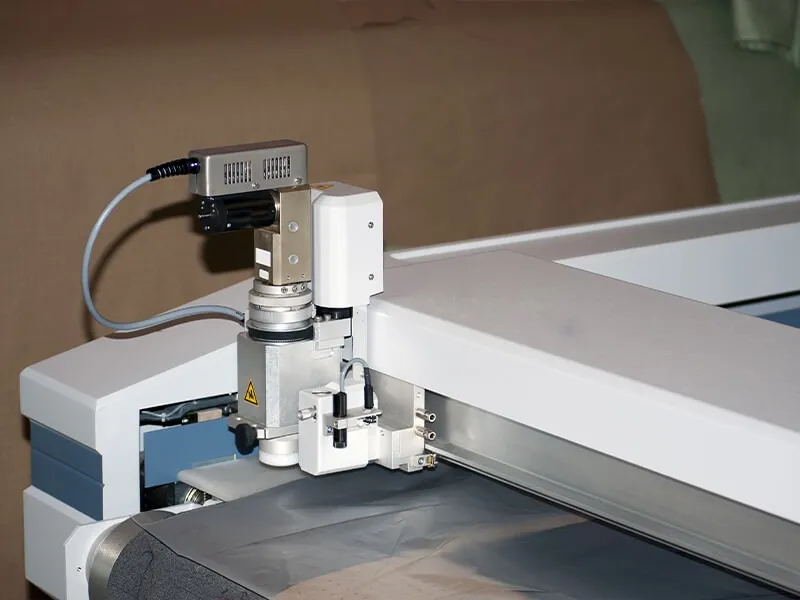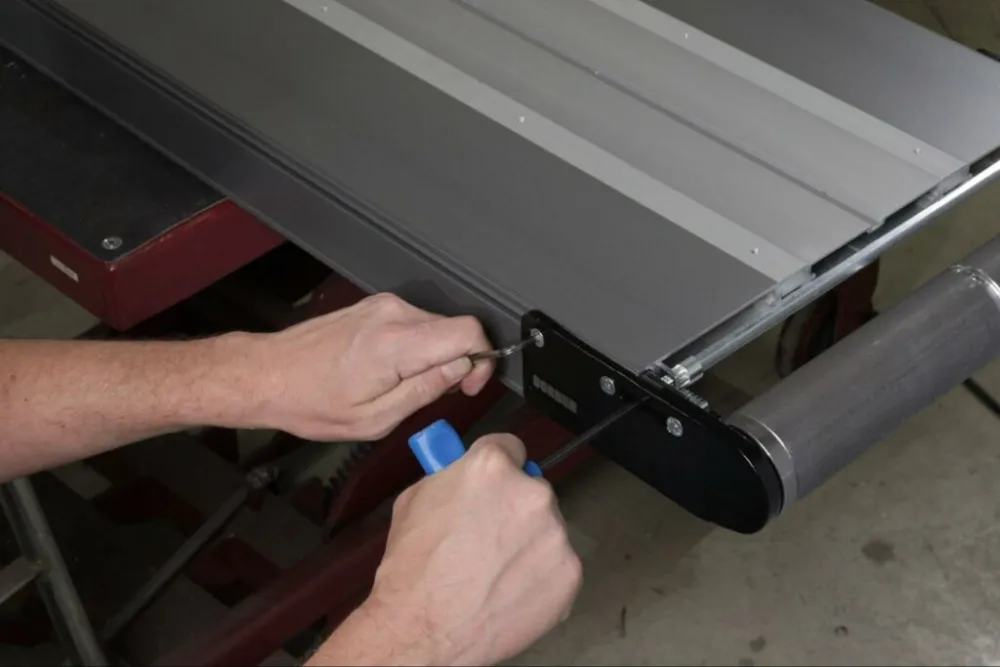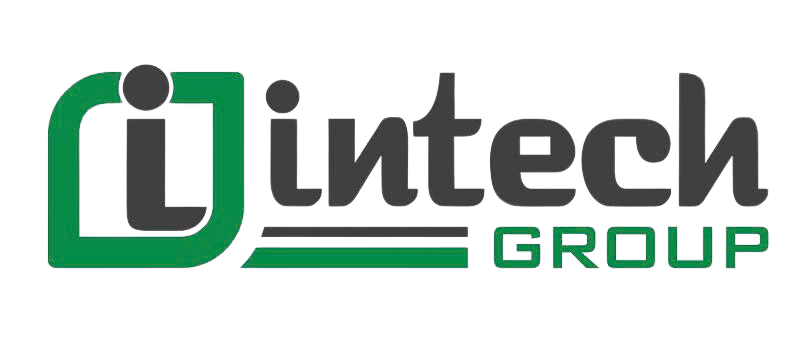How to check and adjust conveyor belt tension effectively
To ensure maximum productivity and efficiency for your conveyor system, the optimum belt tension must be set at a level that does not cause slippage without reducing performance. In most cases, the ideal belt tension is as low as possible (to reduce wear) and does not cause slippage.
Proper belt tension is crucial to ensure the efficiency and safety of the conveyor system. In this article, we will explain how belt tension affects the performance of the conveyor and how to adjust the belt tension effectively.
How does belt tension affect?
The tensioner plays an important role in belt conveyors by adjusting the tension to ensure proper friction and traction, correcting belt sag, resolving unstable conditions, and compensating for belt elongation. Its effects are multifaceted as follows:
- Ensuring friction and traction:
By applying sufficient tension at the separation point, the tensioner maintains the necessary friction between the belt and the drive pulley, allowing the belt to operate stably and efficiently. Insufficient tension will result in reduced friction and insufficient traction, resulting in belt slippage and affecting performance.
- Belt sag adjustment:
The tensioner allows the adjustment of the belt sag between the rollers. Excessive sag can cause problems such as material accumulation, belt deviation and increased drag, affecting the efficiency of the conveyor. By adjusting the tension properly, the device ensures optimal belt sag, improving conveying efficiency and minimizing failures.
- Adapting to unstable conditions:
The tensioner plays an important role in adjusting the tension during starting, stopping and changing loads. It provides greater tension during starting to facilitate sufficient traction, reduces tension during stopping to prevent failures, and adjusts the tension in time to respond to changes in load weight, maintaining system balance and ensuring smooth conveyor operation.
- Compensating for belt elongation:
Over time, the belt will naturally lengthen. The tensioner will compensate for this elongation, using the excess as needed to modify or adjust the fit. By adjusting the belt elongation, the tensioner will extend the life of the belt, reducing maintenance and the need for replacement. By effectively adjusting the tension, the tensioner ensures the conveyor belt operates reliably and transports materials efficiently.

Signs that your belt tension is off
Generally, you can tell if your belt is not properly tensioned by paying attention to it and identifying any irregularities. When the conveyor belt tension is incorrect or the belt is not tracking properly, you may experience the following problems:
- Frequent stalling
- Belt slippage
- Belt fraying
- Belt edges bending or bending
- Uneven wear on the belt edge
- Squeaking or squealing noises when in use
- Frequent belt deflection
- Look for belt residue under the machine
If you notice these problems, you should check the tension of the conveyor belt. It is likely too tight or too loose and should be adjusted immediately to prevent further damage.

Factors to consider when adjusting the tension of the conveyor belt
Ensuring the correct tension level is critical for the efficient and safe operation of the conveyor. Here are the key factors for adjusting the tension of the conveyor belt:
- Proper tension level:
Adjust the tension to ensure the belt operates smoothly, without slipping or over-tensioning, based on the specific requirements and design parameters of the conveyor. You can refer to the supplier's recommendations or relevant standards to determine the appropriate tension level.
- Right tension type:
Select the appropriate tensioning device based on the working method and conditions of the conveyor. Different types of tensioners, such as screw tensioners, heavy hammer tensioners, winch tensioners and hydraulic automatic tensioners, have their own characteristics and application areas. Select the appropriate tensioner type taking into account the specific working environment and requirements.
- Suitable installation location:
The location of the tensioner is very important for efficient tension transmission and minimizing the need for additional equipment. Select the optimal installation location based on the conveyor type and working conditions to ensure the tensioner operates effectively.
- Regular inspection and adjustment:
Belt tension may change over time and with different operating conditions. It is important to periodically check the belt tension and make necessary adjustments to maintain proper working conditions. Regular checking and adjustment of the tension helps prevent problems and ensure smooth operation of the conveyor.
When adjusting the tension of the conveyor belt, it is necessary to consider the specific situation and follow the relevant safe operating procedures. It is recommended to consult with experts or refer to the technical manual to ensure accuracy and safety before making any adjustments.
3 Common conveyor belt tensioning methods:
In terms of structure type, belt tension adjustment can be divided into three types: fixed, heavy hammer and automatic tensioner.
1. Fixed conveyor belt tension
Fixed tensioners include screw tensioners and fixed winch tensioners. The screw tensioner adjusts the tension by rotating the screw, which moves the moving frame forward or backward to tighten or loosen the belt. This structure is simple, but its application is limited and is not suitable for long-distance or large-capacity conveyors. Fixed winch tensioners control the tension by using an electric winch to pull the drum frame. However, they are only suitable for conveyors with small angles or near-horizontal inclinations.
2. Heavy-duty hammer conveyor tensioning
Common types of heavy-duty hammer tensioners include single heavy-duty hammers, multiple heavy-duty hammers, and heavy-duty hammer carts. These methods use the gravity of the hammer or heavy block to tension the drum frame. By adjusting the weight, the appropriate tension can be ensured. However, due to limited space, heavy-duty hammer tensioners are only suitable for low-tension conveyors.
3. Automatic conveyor belt tensioning
Automatic winch tensioners are the most widely used type, among which the automatic winch tensioner has its own advantages. It adjusts the tension based on the deformation of the belt, ensuring that the belt remains properly tensioned. In actual applications, it is necessary to select an efficient, safe and cost-effective tensioner based on different types of conveyors, and the optimal installation location should be determined to ensure smooth, safe and efficient operation of the conveyor.
In specific applications, select the appropriate tensioner type based on the conveyor conveying method (incline, horizontal, etc.), and consider the characteristics and application range of different tensioners. For example, screw tensioners are suitable for upward inclined conveying, upward parallel inclined conveying and short-distance horizontal conveying. Heavy-duty hammer tensioners are suitable for conveyors with medium capacity and short to medium distance, providing advantages such as easy maintenance and constant tension. The winch tensioner is suitable for upward, horizontal and upward inclined conveying, but the tension adjustment is relatively inconvenient. The automatic hydraulic tensioner is suitable for long-distance and large-capacity conveyors, providing precise tension adjustment and remote operation.
Therefore, we need to choose the right tensioner and tensioning equipment based on the specific requirements and working conditions of the conveyor to ensure stable, safe and efficient operation.
How to ensure your conveyor runs smoothly?
For optimal conveyor performance, you must ensure that your belt is properly tensioned and monitored, making adjustments when necessary to avoid excessive wear and prevent unnecessary repairs or replacements. Additionally, taking the following proactive steps can keep your conveyor in top condition and running smoothly:
- Perform regular inspections and maintenance
Regularly inspect your conveyor for any signs of damage or wear and proactively repair any issues that arise to prevent further problems. A comprehensive inspection should be performed at least once a year to extend the life of your conveyor.
- Keep your conveyor clean
Cleaning your conveyor and its components regularly helps prevent debris build-up and potential damage to the system. If any part of your conveyor system becomes worn or damaged, it is important to replace it as soon as possible. This includes replacing worn belts, rollers, and pulleys to prevent overworking other components and reduce the risk of failure.
- Pay attention to the belt capacity
To avoid overloading your conveyor and damaging the system, always pay attention to the load capacity and speed setting of the conveyor. Exceeding the load capacity of the belt or running it faster than recommended can lead to serious problems, including belt breakage and excessive wear.
Conclusion
Proper belt tension has a significant impact on the conveyor, which directly affects the belt tracking, which we have explained clearly in another article.:15 Tips for Conveyor Tracking and Conveyor Tracking Adjustment. When designing the conveyor, the belt tensioner has less auxiliary equipment, less investment, convenient maintenance, and simple structure, so it is best used in the best position.
For installation, we also have some installation tips for your reference, make full use of the tension generated by the belt's own weight, thereby reducing the output tension of the tensioner, reducing unnecessary investment, and improving the safe operation of the equipment.
Những câu hỏi thường gặp


